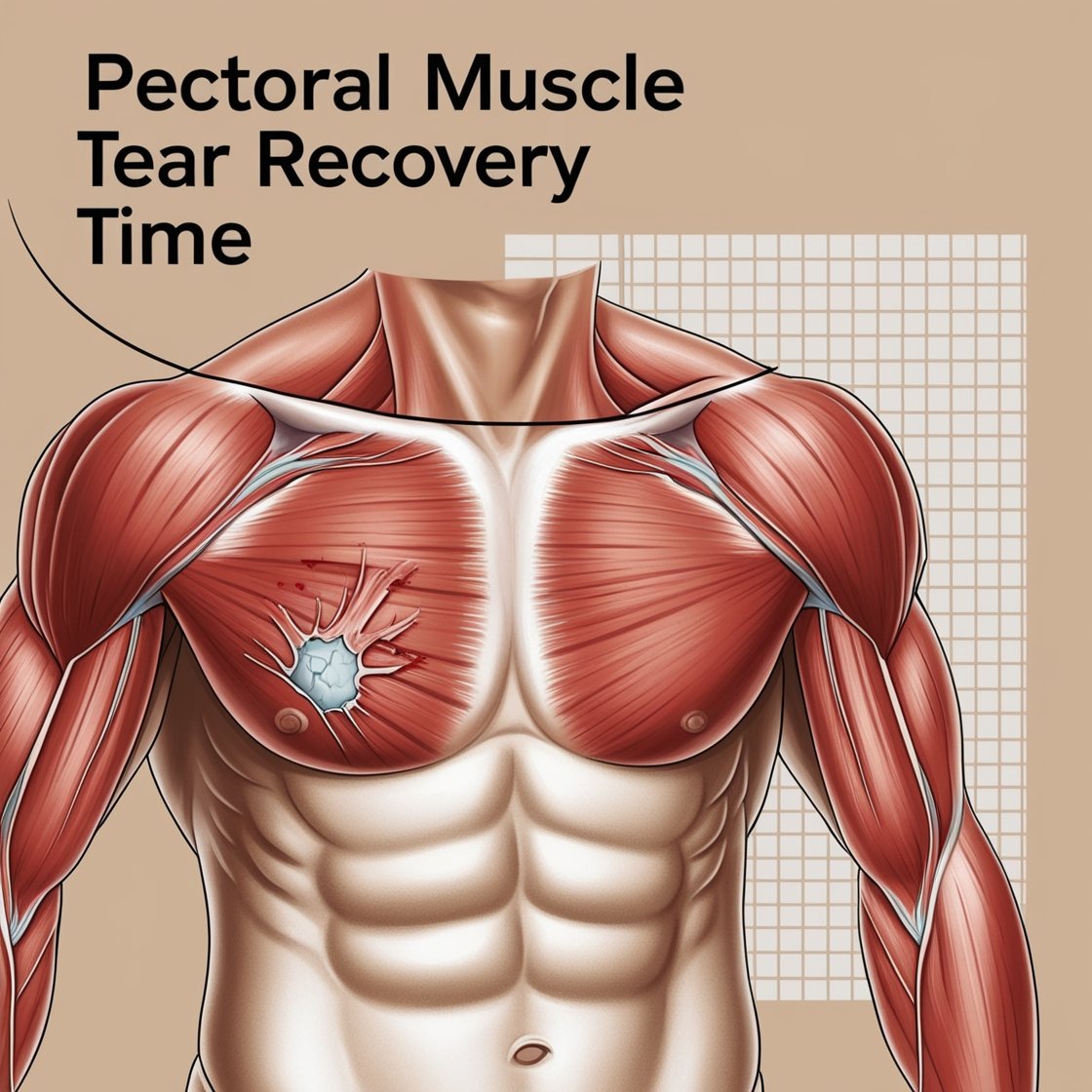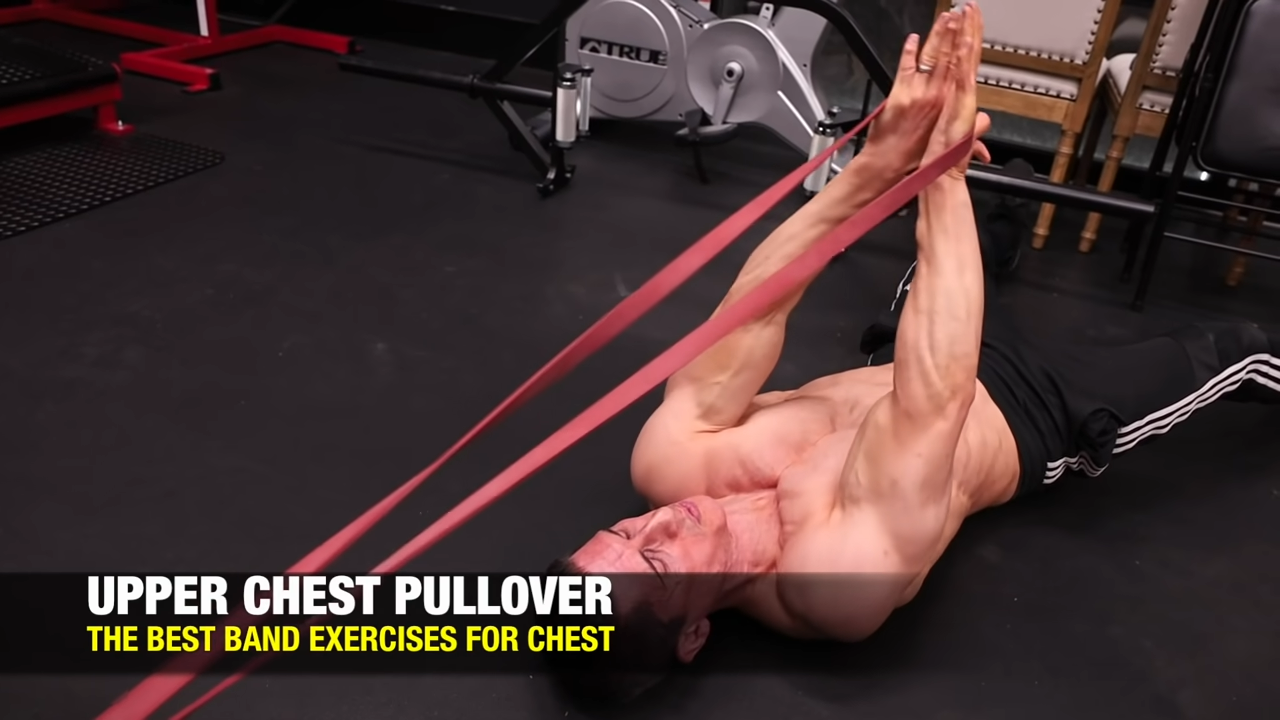
Pectoral Muscle Tear Recovery Time
Recent studies show that pectoral muscle tears affect up to 1 in 5,000 athletes annually. I remember when I first encountered this injury during my early days as a fitness trainer. The road to recovery seemed daunting, but with advancements in treatment and rehabilitation, the outlook is much brighter today.
Key Takeaways
| Topic | Essential Information |
|---|---|
| Injury Classification | Grade I (mild), Grade II (partial), Grade III (complete rupture) |
| Initial Treatment | RICE protocol (Rest, Ice, Compression, Elevation) |
| Recovery Timeline | 2-3 weeks (Grade I) to 6-8 months (post-surgery) |
| Surgical Success Rate | Up to 90% when performed within 6 weeks |
| Rehabilitation Focus | Progressive strength training, mobility, functional recovery |
Understanding Pectoral Muscle Tears
Pectoral muscle tears can be a significant setback for athletes and fitness enthusiasts alike. These injuries occur when the large, fan-shaped muscle covering the upper chest is damaged, often during strenuous activities or weightlifting.
Technical Talking Points:
- Pectoral tears are classified into three grades based on severity: Grade I (mild strain), Grade II (partial tear), and Grade III (complete rupture).
- The location of the tear significantly impacts treatment approach and recovery time.
According to a study published on Physio-pedia.com, pectoralis major tendon rupture is a rare shoulder injury commonly seen in weight lifters, with an increasing incidence since 1990. Pectoralis Major Rupture (Physio-pedia)

Anatomy and Types of Pectoral Tears
To effectively tackle pectoral muscle tear recovery, it’s crucial to understand the underlying anatomy and the various types of tears that can occur. The pectoralis major consists of two distinct heads – the sternal and clavicular portions – each playing a unique role in arm movement and chest strength.
- The sternal head of the pectoralis major originates from the sternum and upper ribs, while the clavicular head originates from the clavicle.
- The pectoralis major tendon inserts into the lateral lip of the bicipital groove of the humerus, making it vulnerable to avulsion injuries during forceful contractions.
- Muscle belly tears typically have a better prognosis for conservative treatment compared to tendon avulsions.
| Tear Location | Common Causes | Typical Treatment |
|---|---|---|
| Muscle Belly | Overstretching, sudden contraction | Conservative management |
| Musculotendinous Junction | Weightlifting, contact sports | Depends on severity, may require surgery |
| Tendon Avulsion | Bench press, violent arm movements | Often requires surgical repair |
Sternal and Clavicular Heads
The pectoralis major’s two heads work in tandem but have distinct functions. The sternal head is primarily responsible for adduction and internal rotation of the arm, while the clavicular head assists in flexion and horizontal adduction.

Source: anatomyinfo.com
Classification of Pectoral Tears
- Grade I tears involve less than 10% of muscle fibers and typically heal within 2-3 weeks with conservative management.
- Grade II tears affect 10-50% of muscle fibers and may require 4-8 weeks of rehabilitation.
- Grade III tears often necessitate surgical repair followed by a 3-6 month rehabilitation period.
Diagnosis and Immediate Care
Quick and accurate diagnosis is crucial for effective pectoral tear recovery. Modern diagnostic techniques, combined with immediate care protocols, set the stage for optimal healing.
- Clinical examination techniques include the bear hug test and adduction stress test.
- Immediate application of the RICE protocol can significantly reduce swelling and pain.

Source: ultrasoundcases.info
Physiotherapy and Rehabilitation
Physiotherapy plays a crucial role in pectoral tear recovery, guiding you through a structured program designed to restore strength, flexibility, and function.
- Early-phase rehabilitation begins within 48-72 hours post-injury.
- Progressive resistance training follows the principle of periodization.
- Proprioceptive training reduces re-injury risk by up to 30%.

Source: physiotherapy-treatment.com
Surgical Interventions and Post-Operative Care
In cases of severe pectoral tears, surgical intervention may be necessary. Modern surgical techniques offer promising outcomes for challenging injuries.
- Surgical repair success rates reach up to 90% when performed within 6 weeks.
- Post-operative rehabilitation typically spans 4-6 months.
- Biological augmentation shows potential for enhanced healing rates.
| Rehabilitation Phase | Timeline | Key Focus Areas |
|---|---|---|
| Protective Phase | 0-4 weeks | Immobilization, pain management |
| Early Motion Phase | 4-8 weeks | Passive ROM, isometric exercises |
| Intermediate Phase | 8-12 weeks | Active ROM, light resistance training |
| Advanced Strengthening | 12-20 weeks | Progressive resistance, sport-specific exercises |
| Return to Sport | 20+ weeks | Full strength training, performance optimization |

Source: sportsmedresearch.com
[Previous styles remain the same…]Frequently Asked Questions
Key Learnings Recap
- Understanding anatomy and types of tears is crucial for effective treatment.
- Prompt diagnosis and immediate care significantly impact outcomes.
- Conservative treatment approaches are often effective for less severe tears.
- Surgical interventions may be necessary for complete ruptures.
- A phased approach to rehabilitation is key to optimal healing.
- Regular assessment ensures the best possible outcomes.



